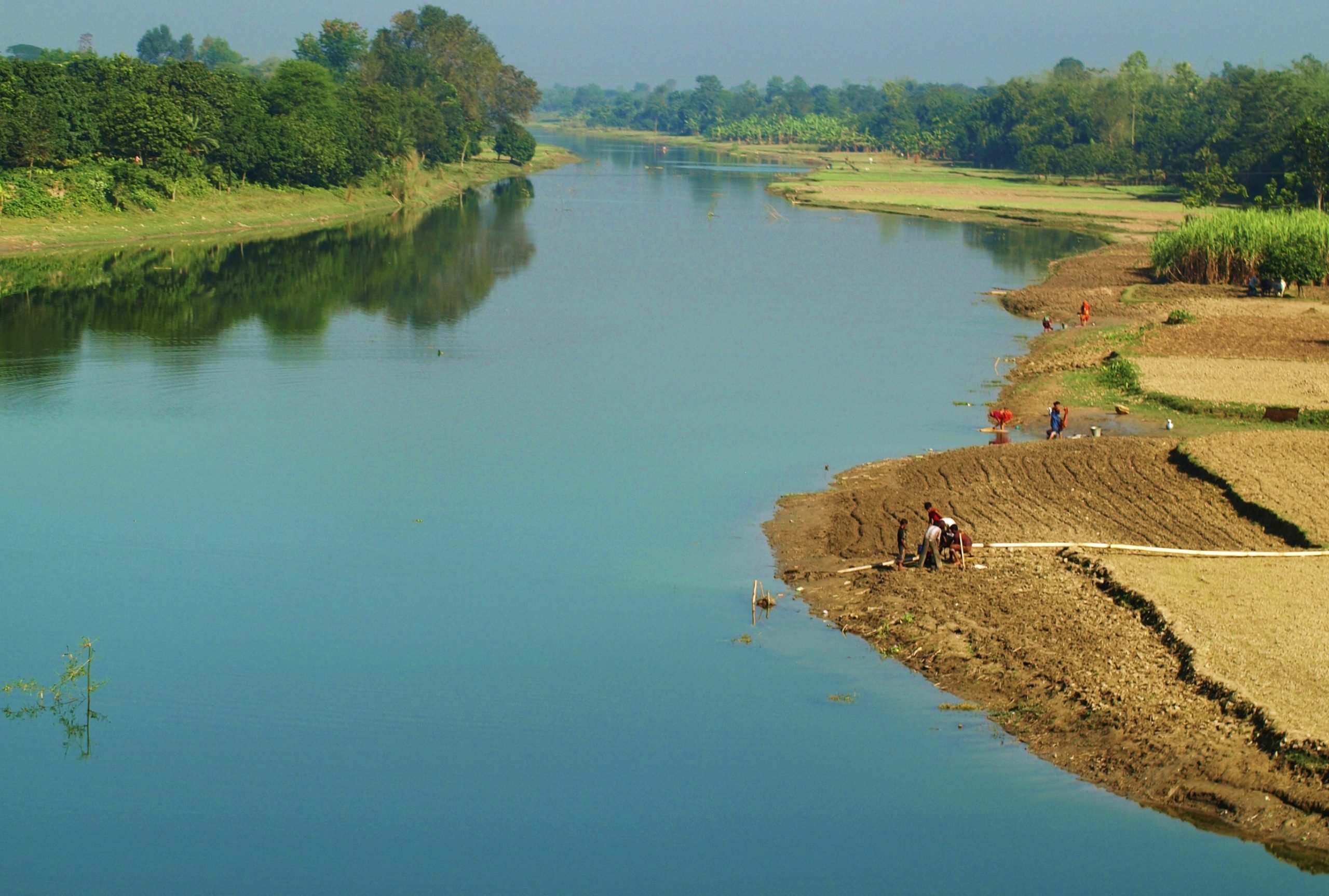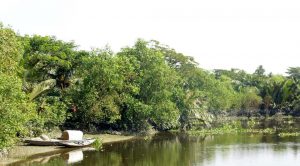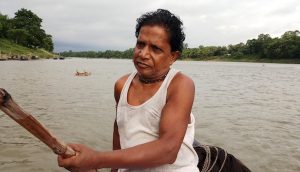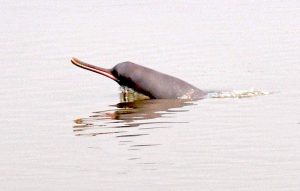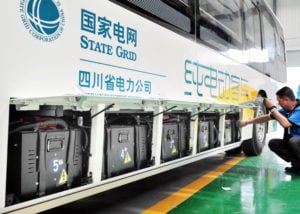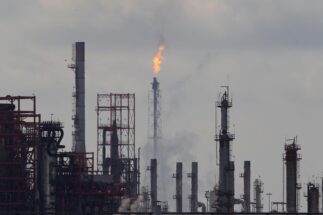The 2021 theme of World Rivers Day, observed on 26 September, was ‘waterways in our community’. At the online meeting organised for the occasion, SM Mizanur Rahman spoke for two minutes and then stopped. The man famed for his efforts in restoring rivers in Bangladesh could not see any point in continuing.
For decades, Rahman – known as Mizan Bhai (Brother Mizan) to civil society in Bangladesh – has worked to restore the Boral River, which connects the Ganga and Jamuna (as the Brahmaputra is called in Bangladesh) and flows through the country’s largest wetland.
In the past, Mizan Bhai has successfully opposed ill-planned development projects on this river that flows through four districts of northwest Bangladesh – Rajshahi, Natore, Pabna and Sirajganj. He has tirelessly done the rounds of policymakers, speaking against encroachments, sand mining, pollution, dams, sluice gates, everything that was killing the 220-kilometre-long Boral.
Mizan Bhai persuaded the government to run projects that restored water flow on several stretches of the river. Three dams and thousands of encroachments were removed. At least eight projects were run to dredge the filled-up portions of the river. Many activists in Bangladesh see the movement as a model.
![The revival of the Boral River has been considered something of a success [Image: Sheikh Rokon]](https://dialogue.earth/content/uploads/2021/09/2-scaled.jpg)
But now all the work of the Boral River restoration movement may be in vain. Since the start of the Covid-19 pandemic, Mizan Bhai has found offices closed. He cannot speak with officials and politicians. Meanwhile, encroachments have resumed. Pollution has multiplied unchecked. He does not know what to do. He could not see any reason to celebrate World Rivers Day.

Killing a river through reclassification
In Satkhira district, in the southwestern corner of Bangladesh, there is a small river called Adi Jamuna, a branch of the Ichamati River that marks the border with India in this region. Adi Jamuna is so close to the Bay of Bengal that its water turns brackish every high tide.
Around the beginning of this century, the Bangladesh Water Development Board built a small dam on the river to control the upstream movement of saline water. It also built a culvert to help residents move from one place to another.
Then, the residents discovered that the river had been officially reclassified as a ‘khal’ (canal). The reclassification enabled the government to lease out the waterway for fish farming, which is not allowed on rivers but is allowed on canals.
Success stories in community-led river restoration movements are dying out like the rivers the people fought to restore
The residents also found their access to the river blocked. They went to court in 2003. A decade-long saga of demonstrations, rallies and court cases followed. Many community leaders and activists had criminal cases registered against them, with allegations of breaching the peace and more.
A court ordered the cancellation of the fish farm lease in 2013. Most of the criminal cases were withdrawn. The dam and the culvert were removed. Civil society celebrated.
Still, Ashek-E-Elahi, leader of the Adi Jamuna Banchao Andolon (Save Adi Jamuna Campaign) was not present at the online meeting to observe World Rivers Day. I called and asked him why.
E-Elahi said he was tired. Not all police cases against the community leaders have been withdrawn. Some leaders still must keep going to court when the cases are being heard. And now the government’s Roads and Highways Department has routed a highway across the river. Adi Jamuna is sliced and stagnant all around the highway.
From success to failure in restoring rivers
These are just two examples of how success stories in community-led river restoration movements are dying out like the rivers the people fought to restore. Rivers shape the civilisation, culture, communication, cuisine, economy, ecology, heritage and history of this delta country. But now all that is in jeopardy from dams, diversions, pollution, encroachment, ecologically insensitive projects and indiscriminate sand mining of the riverbeds. The scale and speed of river degradation in Bangladesh is huge.
Success stories are important to inspire others. But given ill-planned projects as well as the political, social and economic clout wielded by polluters, encroachers and miners, successes are being turned into failures. This is despite dozens of laws and many court verdicts aimed at protecting rivers. The new regulations and institutions set up to protect rivers are unable to control the depredations in those places where the rivers flow and people depend on the rivers. The laws are only as strong as the state’s willingness to enforce them, and that is not happening.
This is why we observe rather than celebrate World Rivers Day in 2021.
